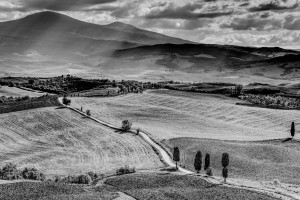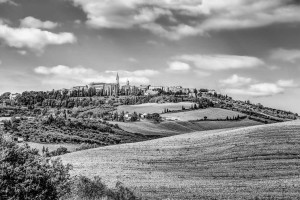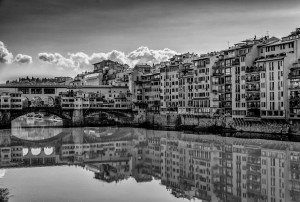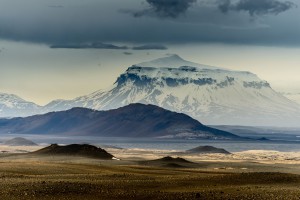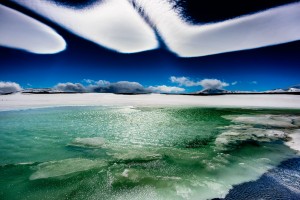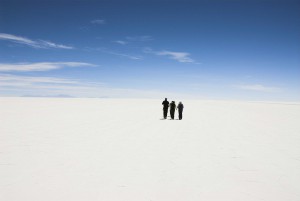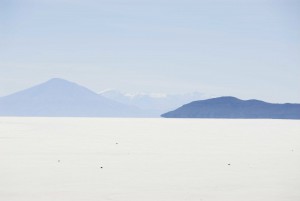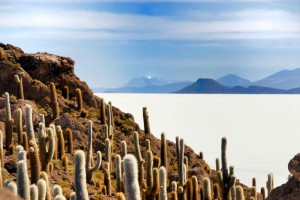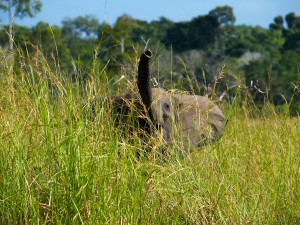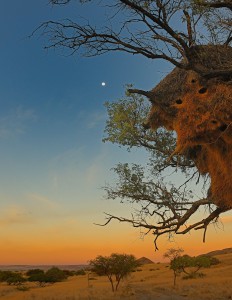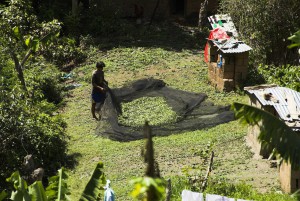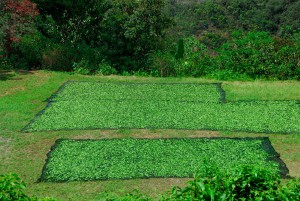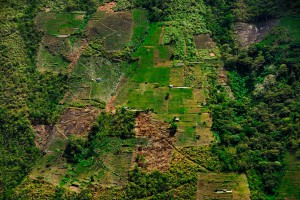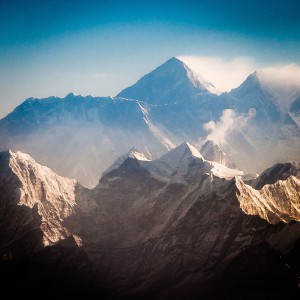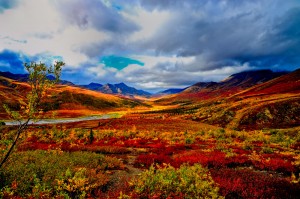Indian Summer in the Yukon territory.
In autumn the landscape in Canada turns into warm colours.
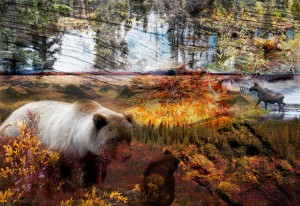
For more composite pictures please
visit www.ralf-kayser-photo.com
The Yukon Territory is a Canadian region located in the far north of the country, known for its rugged wilderness, natural beauty, and unique culture. The Indian Summer is a term used to describe the period of warm and sunny weather that occurs in the fall, usually in September and October.
During the Indian Summer, the Yukon Territory offers a wide range of outdoor activities such as hiking, camping, fishing, and wildlife watching, as the leaves are changing colors, creating a beautiful landscape.
Some popular things to see and do in the Yukon during Indian Summer include:
- Hiking in one of the many national parks such as Kluane National Park, home of Mount Logan, Canada’s highest peak, and Tombstone Territorial Park, known for its rugged mountains and alpine meadows.
- Fishing for salmon in the many rivers and streams that flow through the region.
- Wildlife watching, such as spotting grizzly bears, caribou, and moose in their natural habitat.
- Visiting the Whitehorse, the capital city of the Yukon, known for its history, culture, and outdoor activities.
- Visiting the Dawson City, a city located in the heart of the Klondike Gold Rush, known for its history, culture, and outdoor activities.
- Visiting the Takhini Hot Pools, natural hot springs located just outside of Whitehorse, and offers a relaxing soak after a day of outdoor activities
It’s also important to note that the Indian Summer in the Yukon Territory can be short-lived, and the weather can change quickly, so it is important to be prepared for different weather conditions and to check the forecast before heading out.
Le territoire du Yukon est une région canadienne située à l’extrême nord du pays, connue pour sa nature sauvage, sa beauté naturelle et sa culture unique. L’été indien est un terme utilisé pour décrire la période de temps chaud et ensoleillé qui se produit à l’automne, généralement en septembre et octobre.
Pendant l’été indien, le territoire du Yukon offre un large éventail d’activités de plein air telles que la randonnée, le camping, la pêche et l’observation de la faune, car les feuilles changent de couleur, créant un paysage magnifique.
Voici quelques activités populaires à voir et à faire au Yukon pendant l’été indien :
Faire de la randonnée dans l’un des nombreux parcs nationaux, comme le parc national de Kluane, où se trouve le mont Logan, le plus haut sommet du Canada, et le parc territorial de Tombstone, connu pour ses montagnes accidentées et ses prairies alpines.
La pêche au saumon dans les nombreuses rivières et ruisseaux qui traversent la région.
L’observation de la faune, notamment des grizzlis, des caribous et des orignaux dans leur habitat naturel.
Visiter Whitehorse, la capitale du Yukon, connue pour son histoire, sa culture et ses activités de plein air.
Visite de Dawson City, une ville située au cœur de la ruée vers l’or du Klondike, connue pour son histoire, sa culture et ses activités de plein air.
Visiter les piscines chaudes de Takhini, des sources chaudes naturelles situées juste à l’extérieur de Whitehorse, qui offrent un bain relaxant après une journée d’activités de plein air.
Il est également important de noter que l’été indien dans le territoire du Yukon peut être de courte durée et que le temps peut changer rapidement. Il est donc important de se préparer à différentes conditions météorologiques et de vérifier les prévisions avant de partir.

